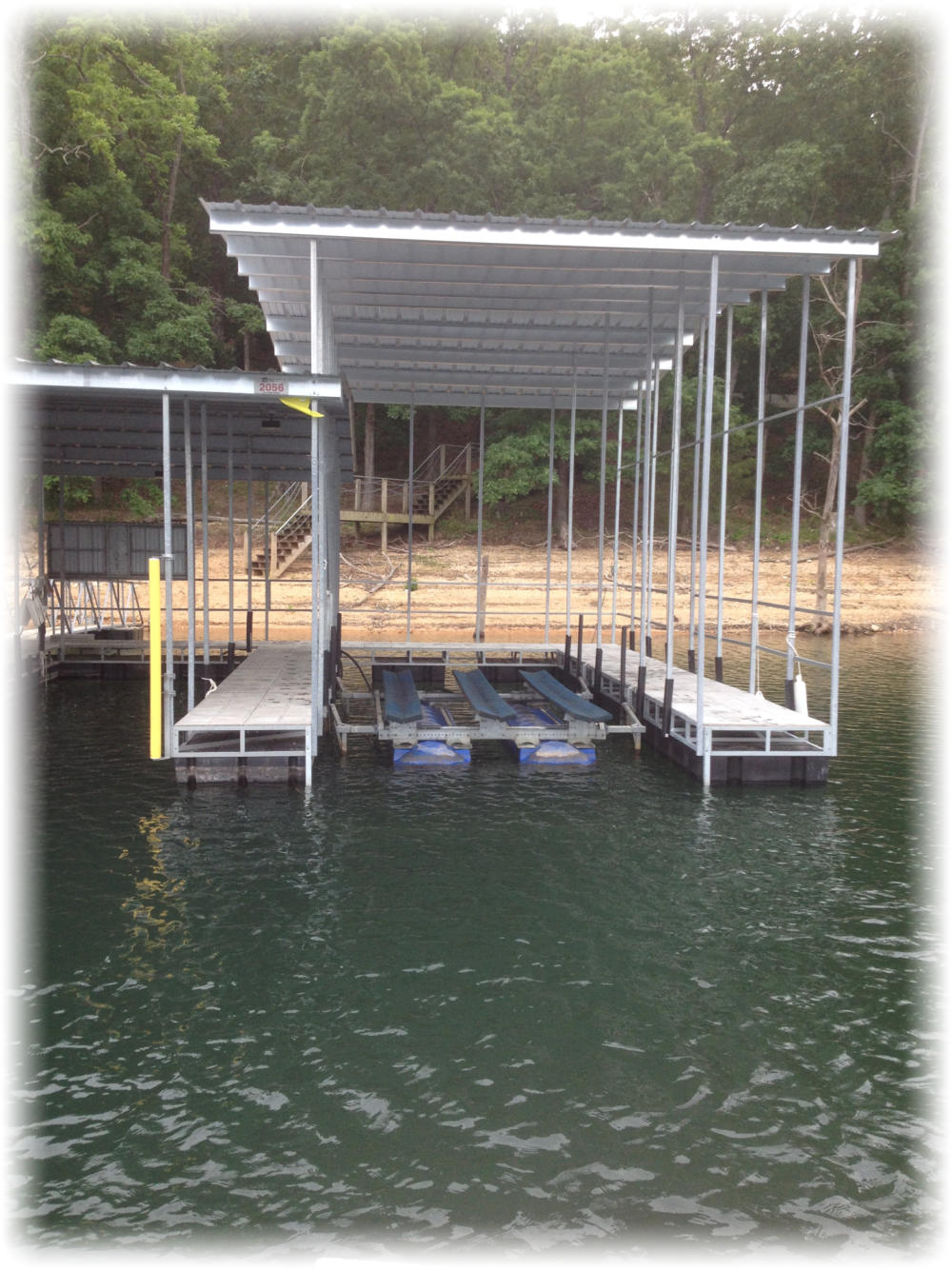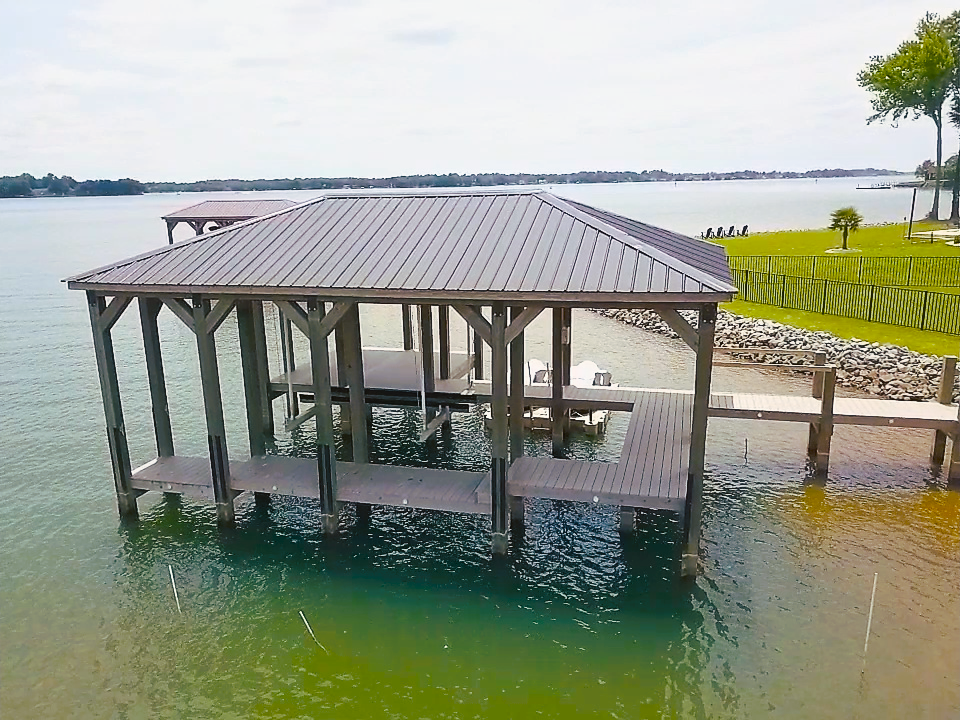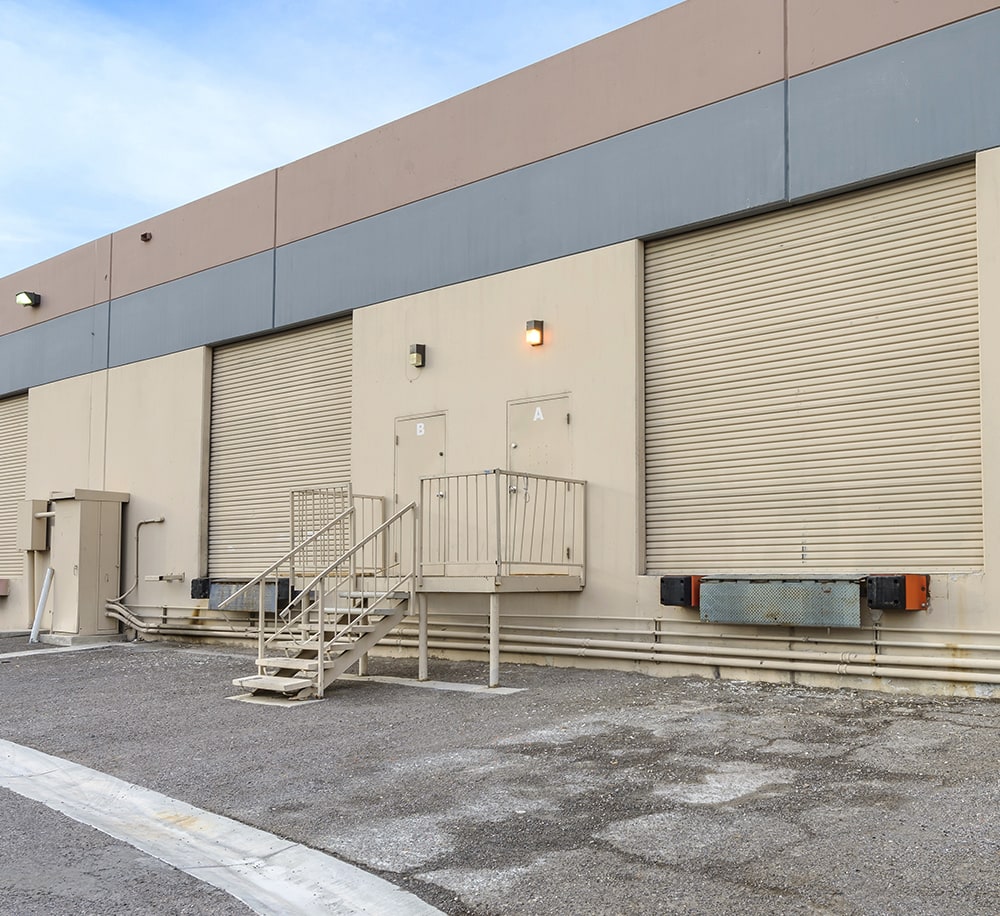Why Regular Maintenance Can Reduce Future Dock Repairs
Why Regular Maintenance Can Reduce Future Dock Repairs
Blog Article
Effective Dock Repair Techniques: Making Sure Structural Integrity
Making sure the structural stability of docks through reliable repair techniques is paramount for the longevity and safety and security of aquatic centers. This includes a multi-faceted technique starting with extensive evaluations using advanced technologies like sonar equipment and remotely operated automobiles (ROVs) to detect both noticeable and hid damages. Consequently, selecting the right repair work materials, such as corrosion-resistant alloys and composite materials, is critical for durability. Architectural support techniques, including the implementation of cross-bracing systems and load-distribution plates, play a vital duty in mitigating stress points. Nonetheless, the relevance of these techniques comes to be noticeable when checking out advanced fixing approaches and preventative upkeep methods.
Evaluating Dock Damages
Assessing dock damages is a crucial very first step in making sure the architectural integrity and security of any kind of docking facility. This initial examination entails an extensive assessment to recognize both noticeable and covert damages. Trick facets to examine include the dock's foundation, pilings, decking, and hardware. Each element needs to be looked at for signs of wear, rot, rust, or various other kinds of destruction that could compromise the structural integrity.
Architectural designers or certified examiners generally carry out these assessments using specialized strategies and devices. For example, undersea assessments might employ finder tools or from another location ran lorries (ROVs) to detect immersed damages. Above water, visual inspections are enhanced by utilizing wetness meters and other diagnostic devices to discover underlying concerns not immediately noticeable to the nude eye.

Finding Repair Service Products
Picking the appropriate repair work products is an essential action in the dock reconstruction procedure, one that directly influences the durability and performance of the repaired structure. Material choice need to be driven by aspects such as ecological problems, load-bearing needs, and compatibility with existing dock parts. As an example, wood is a standard selection for anchors because of its natural durability and visual charm. Choosing the ideal kind of timber, such as pressure-treated lumber or normally rot-resistant types like cedar or teak wood, is crucial to withstand marine settings.
In addition to timber, composite materials are increasingly preferred due to their sturdiness and reduced upkeep requirements. Composites, usually made from a mix of plastic and timber fibers, offer excellent resistance to rot, bugs, and UV damage. For steel docks, selecting corrosion-resistant alloys such as galvanized steel or marine-grade aluminum is necessary to prevent corrosion and ensure architectural integrity in saline water conditions.
Epoxy resins and marine-grade sealants are indispensable for fixing splits and securing joints, providing a waterproof barrier and improving the dock's general toughness. By diligently selecting premium products, dock fixings can achieve long-lasting results, consequently guarding against future degradation and making sure risk-free, reliable use.
Architectural Reinforcement Methods
Effective architectural support techniques are essential in making sure the security and longevity great site of dock fixings. This method is specifically efficient for anchors exposed to heavy tons or extreme ecological conditions.
One more vital technique is the application of fiber-reinforced polymers (FRP) These products offer high strength-to-weight proportions and excellent resistance to deterioration, making them suitable for enhancing concrete or wooden anchors. FRP can be applied in strips or sheets and adhered with epoxy materials to improve architectural stability.
Bracing and anchoring systems additionally play a crucial role in architectural support. Cross-bracing, utilizing steel or wood beam of lights, can neutralize side pressures, decreasing guiding and movement. Anchoring systems, such as helical piers or driven heaps, offer a steady foundation by transferring lots to much deeper, more secure soil layers.
Last but not least, the integration of load-distribution plates can help distribute weight extra evenly across the dock's surface area, alleviating localized stress points. These methods jointly guarantee that anchors continue to be secure and durable, qualified of standing up to the roughness of their operational environment.
Advanced Repair Work Approaches

Another sophisticated strategy includes undersea welding, which permits repair work to be conducted without the requirement to dewater the area. This technique is especially useful for resolving structural issues in immersed dock elements, making certain minimal interruption to procedures. Enhanced welding strategies, paired with robotic systems, provide precision and dependability, thereby extending the lifespan of the dock.
Additionally, cathodic security Continued systems are executed to avoid corrosion in metal dock frameworks. By using sacrificial anodes or pleased existing systems, these techniques properly alleviate the electrochemical procedures that lead to material degeneration.
Finally, advanced monitoring technologies, such as architectural health tracking (SHM) systems, give real-time information on the problem of dock frameworks. These systems make it possible for proactive maintenance and timely interventions, eventually ensuring the long-term architectural integrity of the dock.
Upkeep and Avoidance
Upkeep and prevention are essential concepts that underpin the longevity and safety of dock frameworks. Routine evaluations are critical, permitting very early detection of damage, prospective weak points, and environmental impacts. A positive technique, entailing regular look for deterioration, rot, and architectural changes, mitigates expensive repair work and prolongs the dock's operational life.
Safety nets should include using safety finishes to steel components to defend against corrosion and making use of treated timber to withstand decay. Additionally, guaranteeing correct drain and ventilation can avoid water accumulation, which is an usual source of structural deterioration. Including high quality products and adhering to manufacturer guidelines throughout building and construction and repair service phases also play essential roles in enhancing toughness.

Educating employees in dock maintenance ideal methods makes certain constant application of safety nets. Leveraging technological advancements, such as drones for assessments and sensors for real-time surveillance, can further improve upkeep initiatives. By focusing on maintenance and avoidance, dock owners can make sure architectural stability, functional safety and security, and affordable monitoring over the dock's lifespan.
Verdict
Finally, keeping the structural stability of marine centers requires extensive dock browse this site repair methods. Detailed evaluations making use of advanced devices uncover both noticeable and hid problems, while the option of suitable repair work products improves resilience. Implementing architectural support methods addresses stress points successfully. Advanced repair work strategies, coupled with regular upkeep practices, make sure the dock continues to be operational and safe under varied environmental conditions. Adopting these approaches considerably extends the life-span and functionality of aquatic framework.
Guaranteeing the structural stability of docks through effective repair service techniques is critical for the durability and security of marine facilities.Selecting the suitable fixing materials is a critical step in the dock repair procedure, one that straight influences the longevity and performance of the repaired framework.Efficient architectural reinforcement strategies are crucial in ensuring the security and longevity of dock repairs. By focusing on upkeep and prevention, dock owners can ensure structural stability, functional safety and security, and affordable administration over the dock's lifespan.
In conclusion, maintaining the structural stability of marine facilities necessitates detailed dock repair work methods.
Report this page